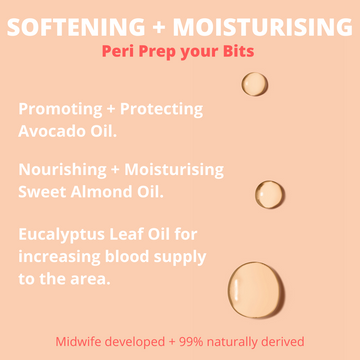Induction of labour is a process where your labour is started artificially using a range of different methods.
There are many reasons why you might be offered an induction of labour, usually due to conditions relating to yourself or your baby.
A normal term pregnancy is defined as 37-42 weeks. Different trusts in the UK offer induction for ‘post-dates’ at varying times after 40 weeks, so check with your midwife or doctor about their local policies for this.
This blog will focus on induction of labour for post-dates (going over your due date). However, the induction of labour process described will be the same whatever the reason for your induction of labour.
The reasons for recommending induction of labour should be fully explained to you at your appointment with your doctor or midwife, but always ask your care providers for the evidence behind the reason they recommend induction of labour. This will enable you to weigh up the advantages and disadvantages, so you can make the right choice for you and your baby.
Always remember that it is your choice to accept or decline the offer of induction of labour, as it is your body, your baby and your labour. Induction of labour often takes longer than your body going into labour naturally, as your body is being made to do something it is not yet ready to do.
There are several different procedures for inducing labour:
Membrane sweep
This is also referred to as a ‘stretch and sweep’ or ‘membrane stripping’ and is usually offered after 40 weeks. If you decide to accept, your midwife or doctor will do an internal examination by inserting one to two fingers into the cervix and sweeping around the opening and membranes. This action can help to stimulate the release of prostaglandins, which can help contractions to start.
The advantage is it may start labour off and reduce the need for any further intervention. The disadvantages are it may not work, some women find this procedure very uncomfortable, you may have sporadic contractions but not go into active labour, or it may be that your waters break during the examination.
Prostaglandin pessaries
These are artificial hormones that are used to try and replicate the natural process of softening and thinning down your cervix. It will be done in hospital where you and your baby can be closely monitored.
An internal examination is performed where the prostaglandin is inserted next to the cervix. It may be in the form of a tablet, a prostaglandin gel or small string impregnated with the prostaglandin. This may start your labour without the need for further intervention, but the real aim of this is to soften and open your cervix to enable your waters to be broken.
Some hospitals are happy for you to go home after insertion and return in 24 hours or if labour begins. Most hospitals recommend that you stay as an inpatient. If the first dose does not work, you will be offered a second. It is unusual that the process does not produce some changes to your cervix.
Artificial Rupture of Membranes (ARM)
An internal examination is performed and the amniotic sac surrounding your baby is broken using a small hook. It may be an uncomfortable procedure but should not be painful. Once your waters are broken, you will be able to feel warm liquid running out. It may be a trickle or a gush, depending on how much water is in front of your baby’s head.
You will need to wear a maternity pad afterwards, as your waters will continue to leak until after your baby is born. It also helps to monitor any colour change to your waters, which should be clear or pinky and not green, brown or heavily blood stained.
Intravenous (IV) hormone drip
The next step, if active labour has not started with the previous procedures, is to insert a cannula into your vein and start a hormone drip called syntocinon, which is the synthetic version of your own hormone, oxytocin.
This is started off very slowly and gradually increased until you are having regular contractions. The drip will be stopped soon after your baby is born or sooner if there are any concerns with you or your baby.
Due to your labour not starting naturally, it will be recommended that you have continuous monitoring of baby’s heartbeat and your contraction pattern via a monitor. This can mean that moving freely around in labour may be more difficult. Most hospitals have wireless monitors available, so request to use one to help you to stay upright and active during labour.
Summary
Your labour may be induced using different methods and, very often, using a combination of several of the methods described in this blog. Whether you are being induced for ‘post-dates’ or for other reasons, the induction process will be similar.
As an individual, you have the right to choose and decide what is acceptable for you during your pregnancy, labour, birth and post-birth period. Your midwife and/or doctor should be able to objectively discuss with you the reasons for offering induction of labour. It is for you to consider your options and any attached risk factors and decide which is the right pathway for you and your baby.








